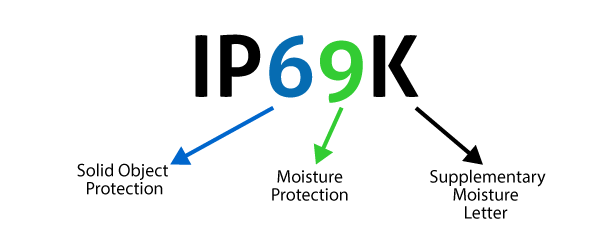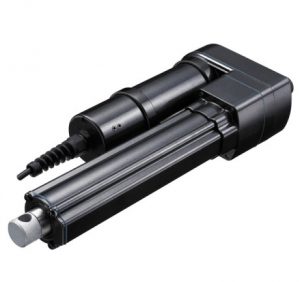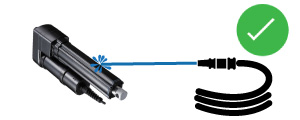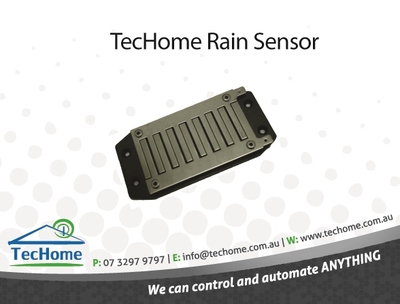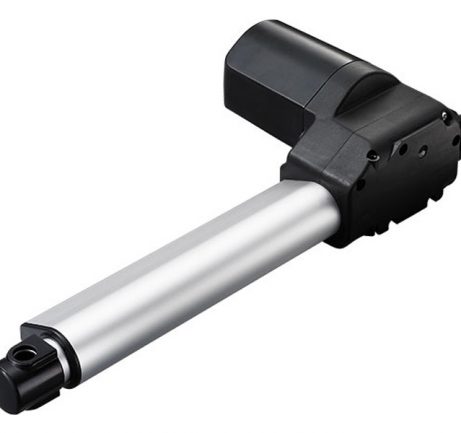Linear Actuators: A Guide to Ingress Protection (IP) Ratings
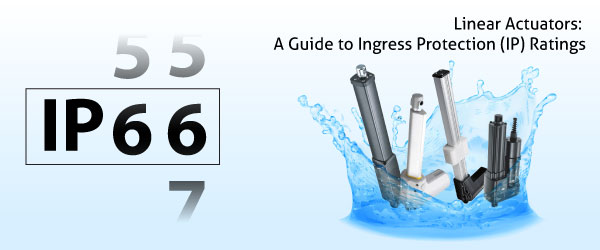
The past ten years have shown a significant rise in the global demand of linear actuators. Linear actuators create movement in a straight line, as opposed to the circular motion of traditional actuators. The reason for the recent demand, has much to do with heightened awareness regarding the specific capabilities, reduced size, reliability, low cost, environmental advantages and zero maintenance of the linear design.
Increasing innovation for linear actuator applications, paired with locally manufactured electronic controls have the ability to be customised for almost all requirements they provide. Linear actuators provide robust cost effective solutions.
Also, an increase in the number of applications (both indoors and outdoors), it’s important to understand the full capabilities of linear actuators so that users can experience the maintenance free aspect of the actuators for the lifetime of the product.
During a linear actuator installation specific details are often overlooked. Inadvertently, the specifications of the linear actuator can be exceeded. This can easily lead to premature failure of the actuator itself. Ingress protection ratings are a good example of this. IP ratings are commonly misunderstood.
What is an Ingress Protection Rating?
Ingress protection ratings are a standard used to define the sealing effectiveness levels of electrical enclosures against intrusion from foreign bodies. This can include things like moisture (the most common), sand or dirt. Basically, an IP rating will tell you the chances of your linear actuator ceasing to work due to the invasion of a foreign bodies.
International standards used are EN60529, European IEC 60509:1989 and AS60529-2004. All the standards for Ingress Protection Ratings are very consistent, typically based off the same principle standard. This means that they can be relied on heavily when using them to verify if an electrical product, such as a linear actuator, will work for you or not.
Manufacturers design products with a specific IP rating in mind and then type test their products to ensure that all IP standards are met before they are marketed. Testing is done by independent third parties to ensure a quality and unbiased approval. The testing laboratory will issue a certificate that states the product has been tested in full accordance with the IP standards set.
In order to receive this certificate, complete assembly of the electronic device (in this case a linear actuator), must be in place. This includes cabling, because the device as a whole must comply with IP standards. A device that is not completed will not be considered for an IP certificate.
How Do You Read IP Ratings?
IP ratings can be confusing at times. As for the Techome linear actuators, most IP ratings fall between IP66 or IP69K. Refer to the following table for examples:
|
Solid Object Protection |
Moisture Protection | ||
|
0 |
NO Protection |
0 |
NO Protection |
|
1 |
Greater than 50mm (e.g. Hand) |
1 |
Protected against vertical falling drops of water. Some ingress permitted (No submersion) |
|
2 |
Greater than 12.5mm (e.g. Finger) |
2 |
Protected against vertical falling drops of water with enclosure mounted up to 15 degrees off vertical. Some ingress permitted (No submersion) |
|
3 |
Greater than 2.5mm (e.g. Tool) |
3 |
Protected against sprays of water up to 60 degrees from vertical. Some ingress permitted. (No submersion) |
|
4 |
Greater than 1mm (e.g. Wire) |
4 |
Protected against water splashes from all directions. Some ingress permitted. (No submersion) |
|
5 |
Dust Protected so that dust does not limit the operation of the equipment |
5 |
Protected against jets of water. Some ingress permitted (No submersion) |
|
6 |
Dust tight. No dust enters the equipment |
6 |
Protected against powerful jets of water. Some ingress permitted. (No submersion) |
|
|
6K |
High pressure water jets up to 1000kpa from 3m |
|
|
|
7 |
Water tight against the effects of water immersion between 15cm and 1m up to 30 minutes (Temporary submersion) |
|
|
|
8 |
Protected against the immersion of water under pressure for long periods (Continuous submersion) |
|
| 9K |
High pressure water jets and temperatures. No ingress up to 1100 to 1450PSI and up to 80 degrees Celsius (No submersion) |
||
Cabling
It is extremely important to note that the IP ratings determined by testing include the entire assembly including the cabling supplied and used.
For example a linear actuator rated for IP66 and used on a roof may be installed in accordance with the IP66 rating but if the included cabling is terminated in a gutter or other low lying area where water can submerse the cable then its IP rating of IP66 has now been exceeded and isn’t suitable for that application.
Either the cabling needs to moved or remain in an IP66 environment or a IP67 or IP68 actuator used in this environment.
TecHome Product Ingress Protection Examples
TA2 (IP66 Rating)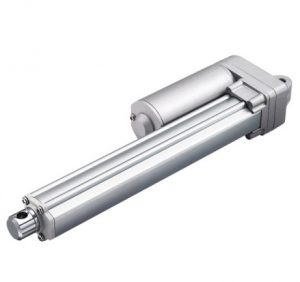 |
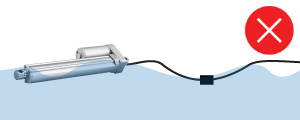 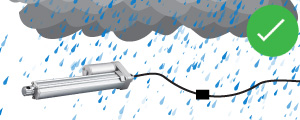
Can withstand jets of water (NOT submersible) |
| MA1 (IP69K Rating) | 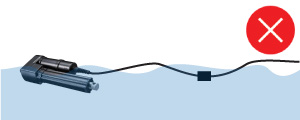
Can withstand heavy jets of water, high (NOT submersible) |
Should you have any questions regarding IP or other ratings for linear actuators, please feel free to email the friendly TecHome staff at info@techome.com.au
- Mar 2019
- Jun 2019
- Jul 2019
- Oct 2019
- Feb 2020
- Mar 2021
- Jul 2021
- Sep 2021
- Oct 2021
- Nov 2021
- Jan 2022
- Feb 2022
- Mar 2022
- Apr 2022
- May 2022
- Jul 2022
- Sep 2022
- Oct 2022
- Nov 2022
- Dec 2022
- Jan 2023
- Feb 2023
- Mar 2023
- Apr 2023
- May 2023
- Jun 2023
- Aug 2023
- Oct 2023
- Jan 2024
- Feb 2024
- Apr 2024
- May 2024
- Jun 2024
- Jul 2024
- Aug 2024
- Sep 2024
- Oct 2024


